What Are the Three Ways Plastic Pipe Can Be Ducted
Plastic is a great material to use for certain kinds of ducting. But what makes a plastic pipe into a duct? Can any pipe be used for ducting when it comes to ventilation? This can be a confusing landscape to explore if you’re new to HVAC, luckily, we have the answers for you.
In this blog, we will provide answers to the question ‘What are the three ways plastic pipe can be ducted?’
With new buildings being made to be as energy efficient as possible, and the UK aiming for 95% of its electricity usage to be low carbon by 2030, it is imperative to understand how we can make the most of our ventilation. This is where applications such as extractor fans and heat recovery ventilation units come in.
To prevent mould, fresh air should constantly be introduced into your dwelling daily, as it helps to regulate temperature and reduce condensation. Introducing fresh air can be as simple as having a ventilation routine, or installing extractors or MVHR units. Almost all of this is facilitated by ducting.
Is a pipe the same as a duct?
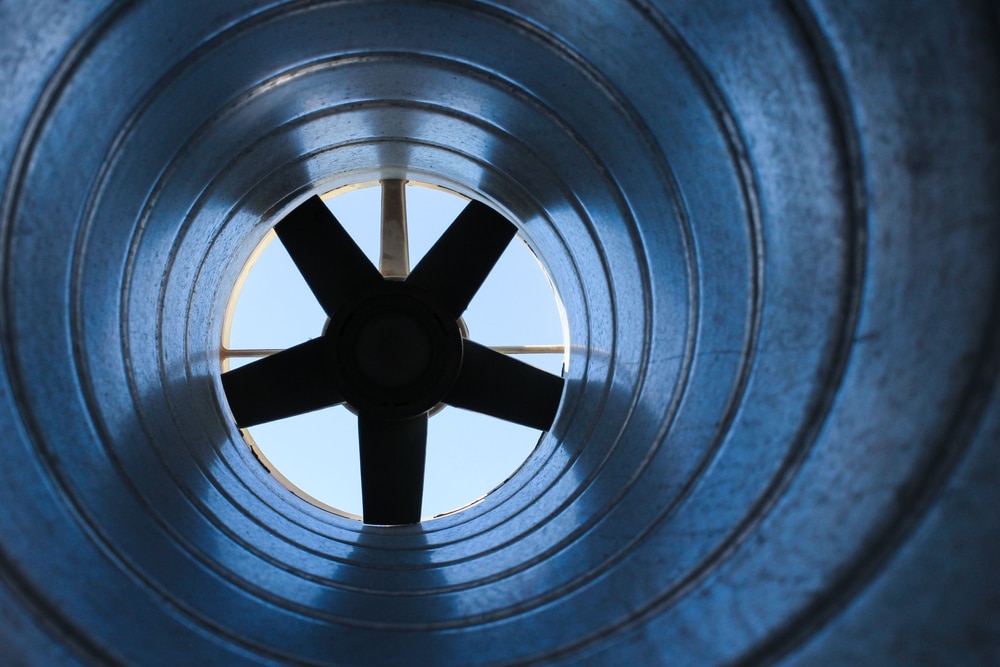
It might make sense that they are essentially the same. However, they could not be more different. Although pipes come in all shapes and sizes, they are usually used to carry certain gases (like for central heating systems) or liquids like water.
Ducting, on the other hand, is made for ventilation purposes, the type of ducting you get depends on what is being ventilated, and the space available. Some ducting is used for ventilating indoor air, or recycling it, whilst some is used for providing a safe passage for dangerous airborne chemicals by-products.
In most cases, the circumference of a pipe is not enough for the requirements that ducting has. Smaller pipes are nowhere near effective for HVAC needs, and unless you use water on even a semi-industrial level, ducting sized pipes are not going to be enough.
So even though the similarities may make it feel like they are the same, pipes, and ducting are far from similar.
Can I buy ducts myself?
Yes, absolutely. I-Sells is an established and trusted provider of ducting, sealant, ventilation solutions and much more! Simply click this link to see our range of items available. Whether you are buying it for yourself, or you are a HVAC expert, and everything in-between, we cover almost every possibility.
Struggling to figure out which option works best for you? Not to worry! Simply contact us about your enquiry, and we will try our best to help you find a solution that helps you to breathe a little more easily, literally!
What are three ways plastic pipe can be ducted?
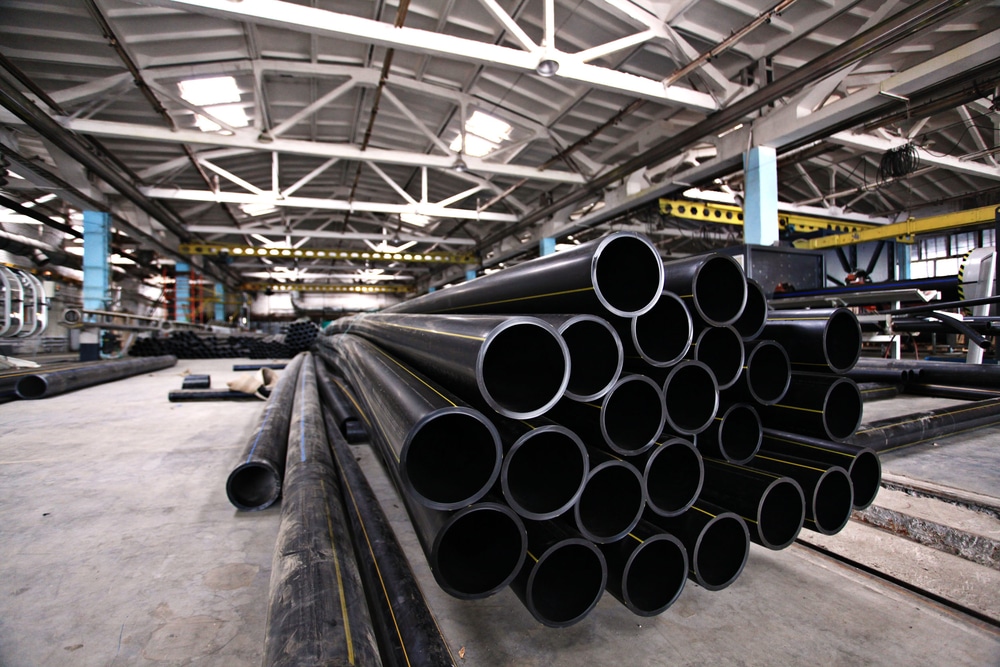
We do not advise that you create your own makeshift ducting out of pipes. You should always endeavour to buy actual plastic ducting. As it is made specifically for HVAC applications. Some piping is far too narrow and will negatively affect your ventilation by using this.
That being said, here are three ways a plastic pipe can be ducted.
Solvent cementing
This is one common method used in the process of joining two or more PVC pipes. This special solvent actually slightly melts the ends of the piping, allowing them to create a lasting and airtight bond if done properly.
However, as we highlighted previously, this is not a recommended way to create your own ducting, as pipes have a much smaller circumference.
Heat welding
Similar to solvent cementing, but using actual heat from specialised machines instead. This method again melts the end it is being applied to, creating an opportunity for it to be connected to another pipe. Once dried, this creates a strong and reliable hold.
Once again, this is not an appropriate method to create your own ducting from piping, the use of heat to join them together can create impurities in the makeshift ducting itself, reducing its effectiveness.
Quit the gimmicks
This is the best way to make the most out of ducting. You should actually buy some that are made for purpose. Pipes are generally only appropriate for gas or water transfer. Converting one of these pipes into a duct for HVAC purposes is not only dangerous but pointless.
There are plenty of places you can find competitively priced ducting of all materials, shapes and sizes, with I-Sells being a leader in the field. Check our website for all of our ducting options.
Is ducting legally required?
Yes. As part of Part F of building regulations, depending on the building, some mechanical ventilation may be required. As part of this mechanical ventilation, ducting is required as a conduit to transport the ventilated air.
By failing to comply with building regulations, you can be putting yourself in a position to be…
- Fined
- Have the current set up removed.
- Prosecution, depending on the situation at hand.
Outside the legal repercussions, by neglecting ducting in your home, or a home you own, you are risking the following issues for your occupants.
- Mould sickness, in addition to mould spreading around the property, creating a horrible smell and wearing away at surfaces.
- Smells and humidity building up in the dwelling, with open windows being the only means of somewhat effective ventilation.
- High energy bills as a result of using an ineffective ducting system that is making the ventilation unit work harder than it actually needs to.
What kind of ducting should I use for my home?
For homes in the UK, two main ducting options exist:
Flexible Ducting (Flue Liner)
Ideal for tight spaces, bends easily around obstacles. However, airflow can be slightly restricted, so keep lengths short.
Galvanised Steel Ducting
Galvanised steel ducting is very strong and lasts a long time, perfect for exposed areas. Requires expertise to cut and join securely.
You should choose flexible flue liner for short runs connecting units to vents, especially in awkward spaces. Opt for galvanised steel for longer runs or exposed areas like lofts. If unsure about DIY skills, consult a qualified heating engineer for advice.
Do I have to use ventilation and ducting in my home?
Although it is legally required for you to have ventilation and ducting, there isn’t a law regarding your usage of it.
With this being said, you should never neglect your ventilation. Whether it is using your extractor fan, opening a window or using your cooker hood, every little effort helps and can be the difference to your home being a regular comfortable abode, to a damp, dank, dark mould infested building.
If you want to get used to having a ventilation routine, simply open windows and use the extractor fan whilst showering or cooking. And at least once a day, open multiple windows in your home to allow air to flow through.
Invest in plastic ducting today
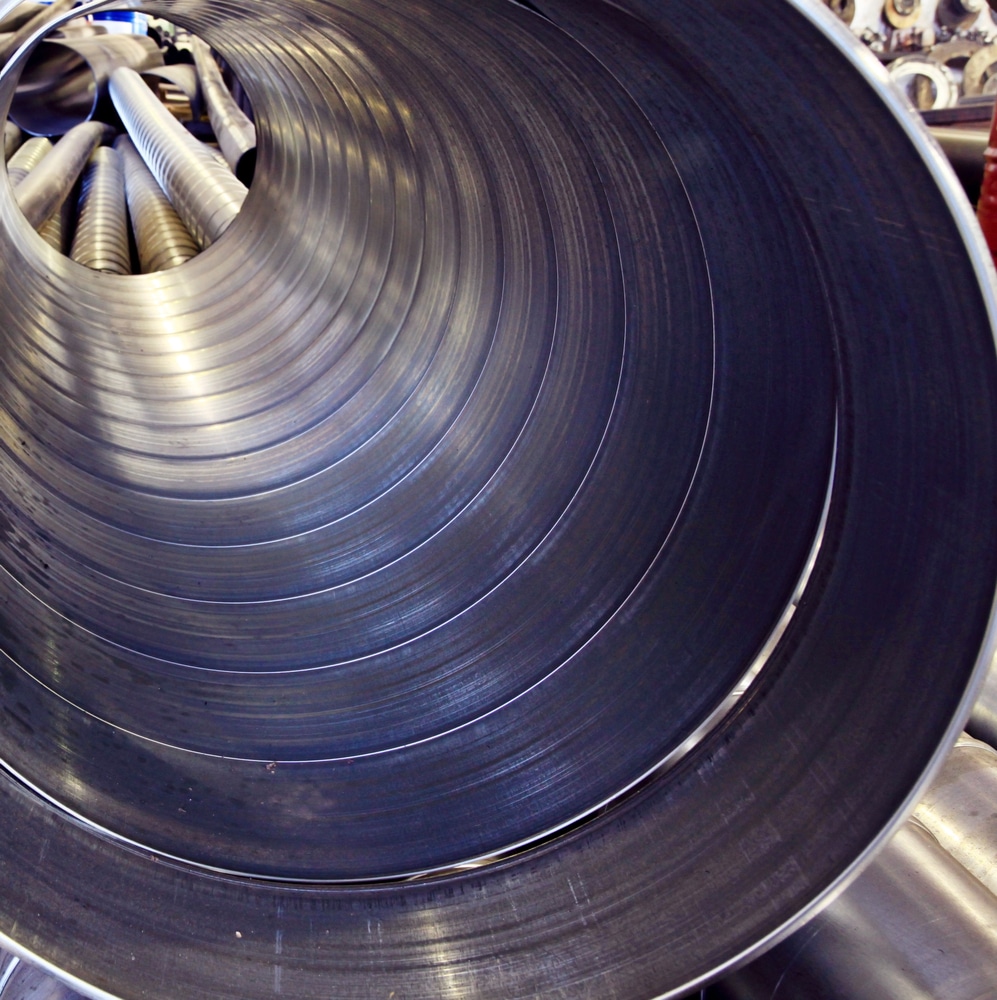
At I-Sells, all things ventilation and ducting related is our speciality, we are here to answer the questions we know are common for those new to HVAC and what it encompasses.
We at I-Sells endeavour to ensure our customers have all the information they require before investing in our mould solutions. Be sure to visit our blog page to learn about the vast array of factors and issues surrounding ventilation, mould, condensation, and much more.
Within this blog, we hope to have shown you have answered the question, ‘What are the three ways plastic pipe can be ducted?’, whilst providing you with supplementary information to help you going forward.
We understand you may have more questions, do not hesitate to contact us for more information about whatever you need our help with. If you’d like to email us, click here. For other contact options, see below:
Call us on 020 8463 9696
Visit us at our showroom:
*OPENING TIMES*
Monday – Friday: 8:00 am to 5:30 pm
Saturday: 9:00 am to 12:00 pm
Sunday: Closed
15 St John’s Parade
Sidcup, Kent
DA14 6ES
United Kingdom


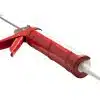

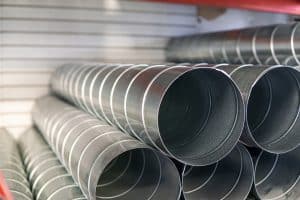
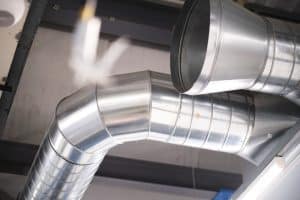























Add comment
You must be logged in to post a comment.